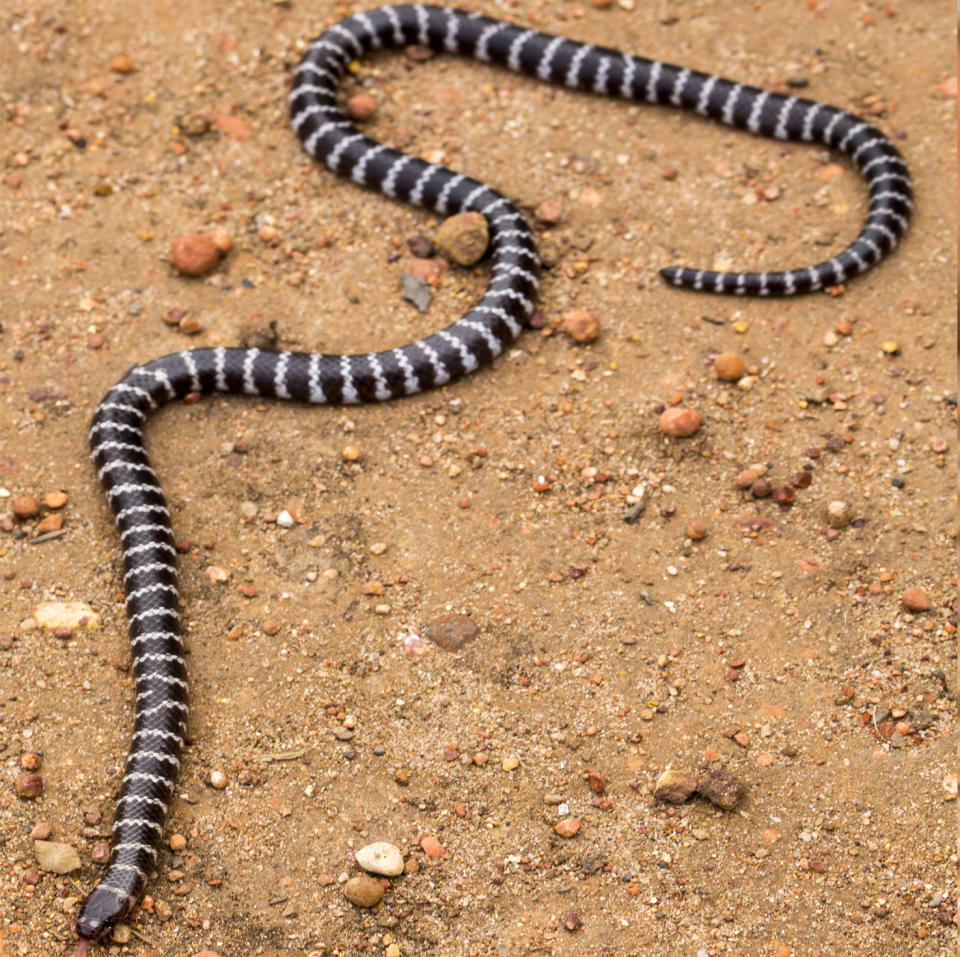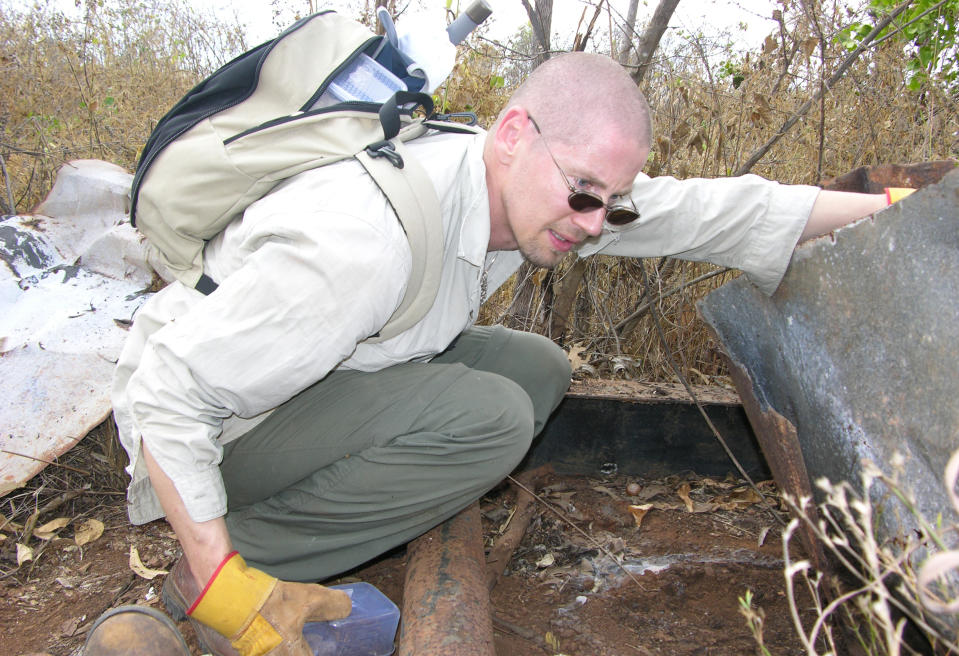Mining threatens new venomous snake species
A new species of venomous snake has been discovered in Queensland, but there are fears it may be threatened by bauxite mining in its natural habitat.
The ‘Vermicella Parscauda’ snake is the newest member of the bandy-bandy family and was accidentally discovered by a team of scientists from the University of Queensland. However, scientists warn that continued mining could destroy the snake’s natural habitat and endanger the population.
Associate Professor Bryan Fry, spotted the black and white snake slithering on a dock near Rio Tinto’s bauxite mining operation. He described the accidental discovery as an act of “serendipity”, as the team was in the area to research sea snakes.
“Immediately we knew it was a new species, because it looked radically different than any of the other bandy-bandies that are on Cape York. And we confirmed that they are living in the habitat that’s being mined intensively for bauxite extraction,” he told Yahoo7.

“We knew that it was a bandy-bandy and they’re supposed to be a burrowing snake. But where this dock was is right next to the big ship loader that Rio Tinto uses to load the bauxite ore onto that they’ve been mining up there. So clearly it slithered away from that pile,” he said.
“That’s of course, cause for great concern since, if they’re habitat’s stripped there’s nowhere for the snakes to live,” he said.
There are only six known specimens of the new snake, which has only been sighted in a very small range around Weipa that is being intensively mined.
Rio Tinto has mined and shipped bauxite in Weipa since 1963, but continued activity could disrupt the new snake’s habitat.
“For the bauxite mining they’re stripping the first few metres of the ground, well that’s where the snakes are living. So it’s being scooped up and churned up at the same time, while it’s habitat is being incredibly degraded,” Associate Professor Fry said.

Professor Fry hopes that the new discovery will raise awareness about environmental conservation.
“This little snake, we’re using it as a conversation starter for the much bigger issues surrounding Australia, which is that we have a very short term mentality when it comes to dealing with our natural world,” he said.
The new snake species is about 30-40cm long, and features thin white bands, and fatter black bands along its body.
According to Professor Fry, modified snake toxins have been used in pharmaceutical products including the bood pressure medication Captoprilas , in a $10 billion market.
“Venoms are a very rich source of natural bio active compounds that has been used successfully in the past for drug design and development,” he said.
Family discover small ‘brown snake’ in garage – but it’s not as it seems
Teen’s shocking find after spotting a curled tail in her bed
Five-year-old boy’s close call with snake – but can you see it?
“If we drive species like this into extinction, who knows what drug we’re losing by doing that,” he said.
The government should strike a balance between private mining enterprise and environmental care, according to Professor Fry.
“It’s a case of Queensland, and Australian Federal legislation dealing with this conflict between mining activities and conservation,” he said.
“We need to have sensible regulation of habitat, conservation and not letting all of it being stripped,” he said.


